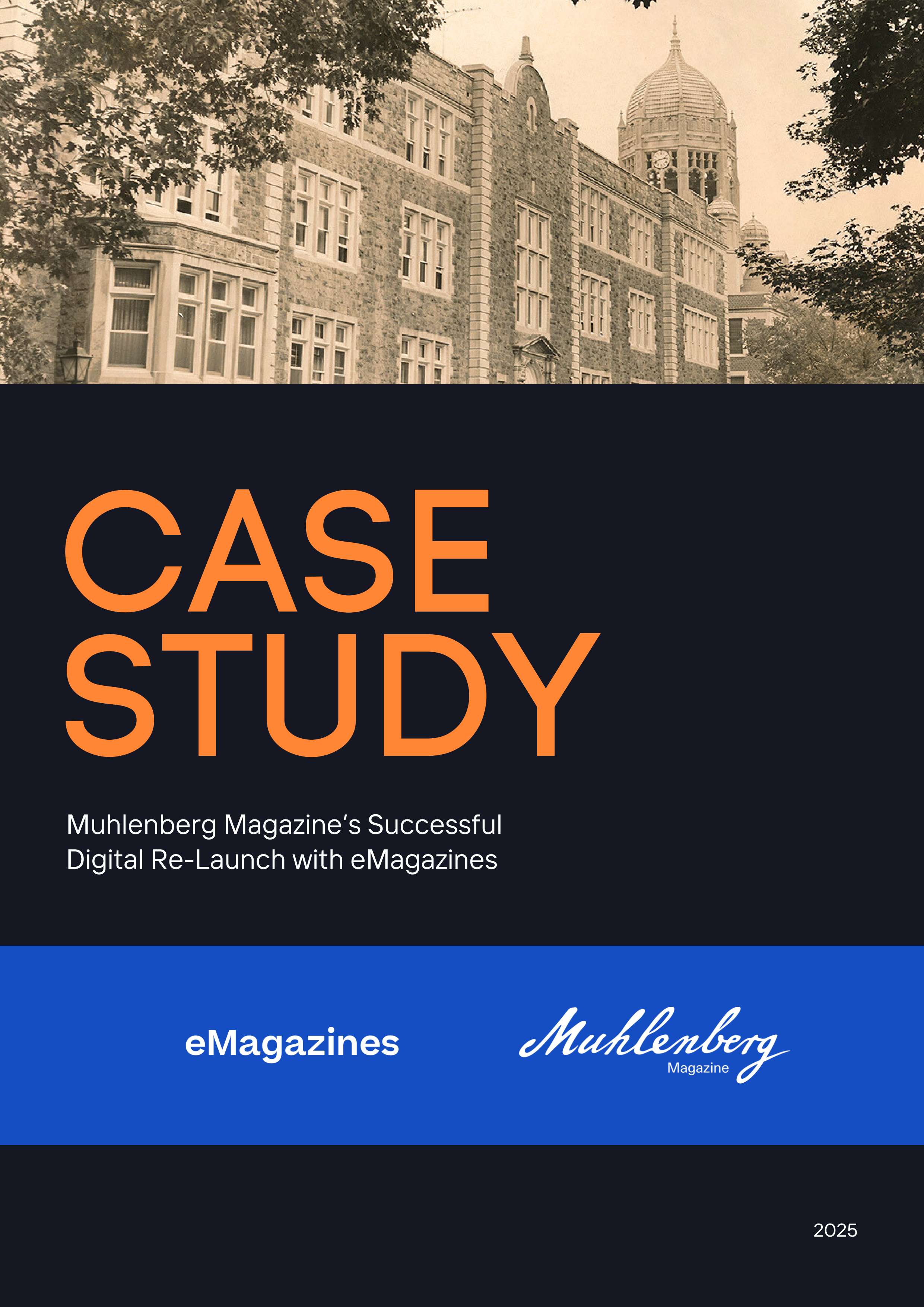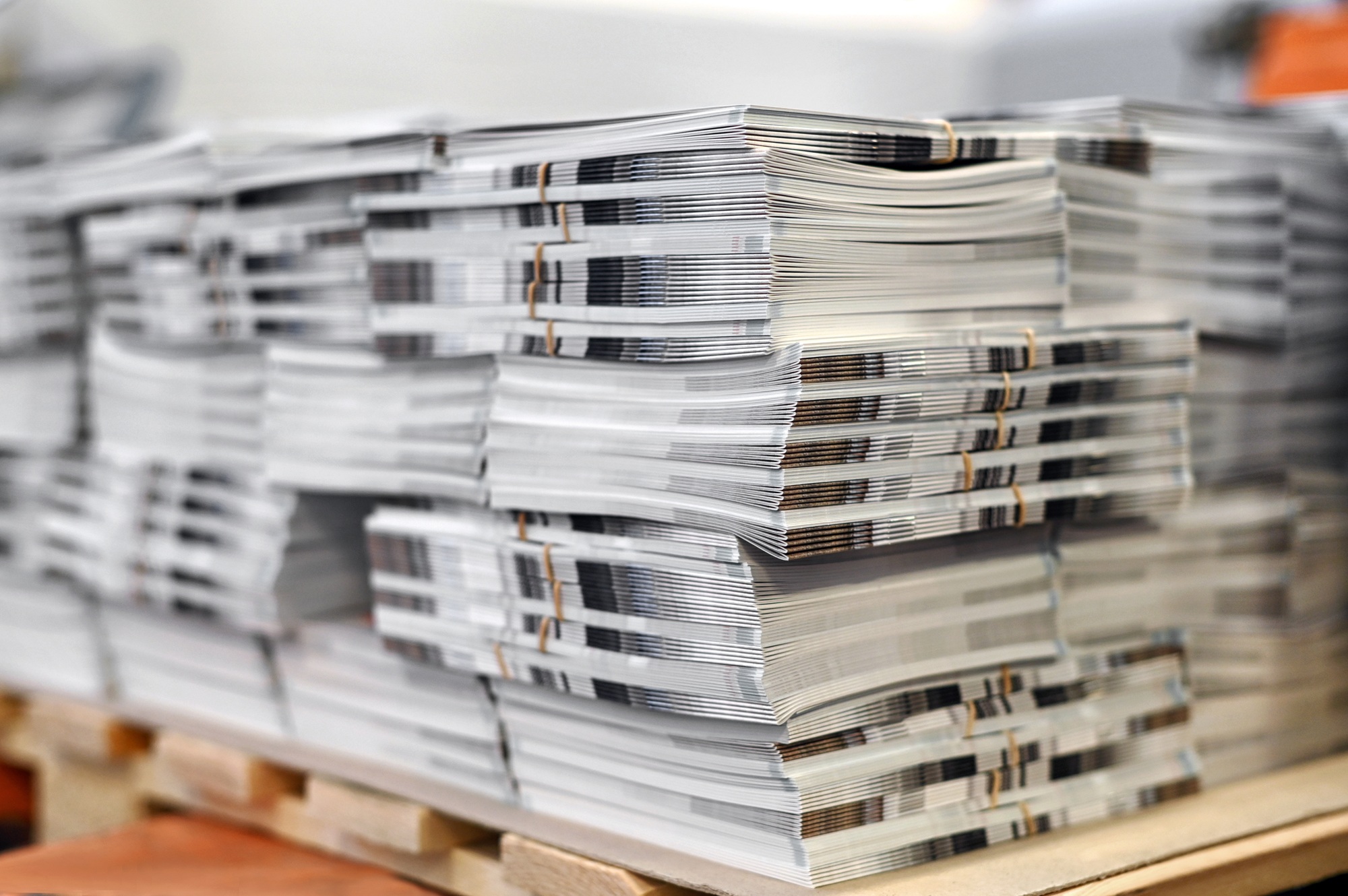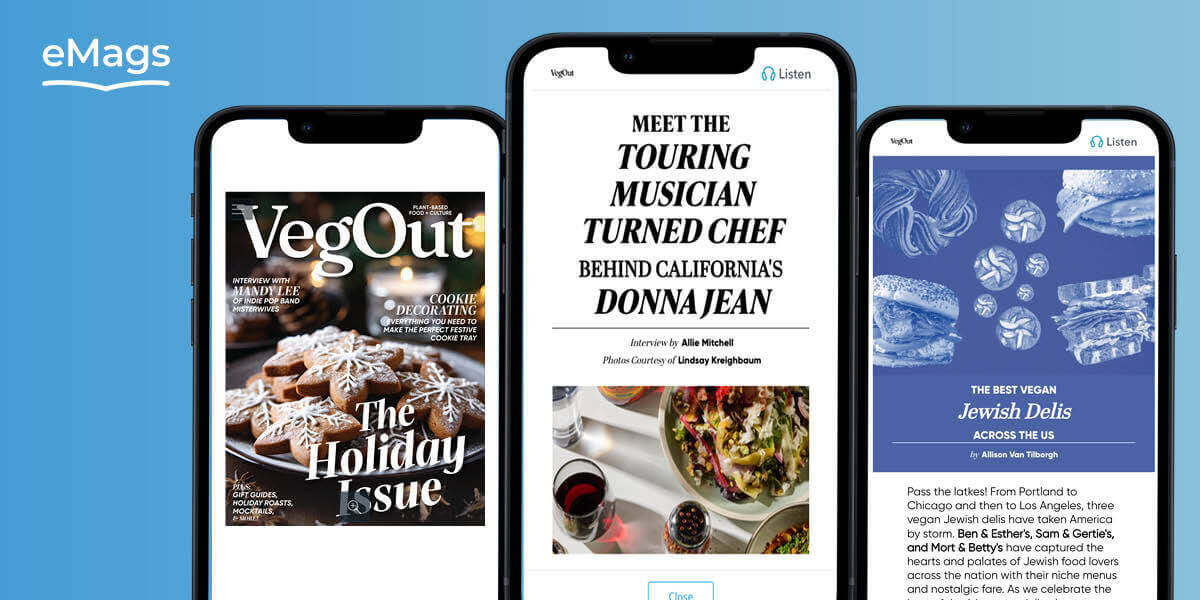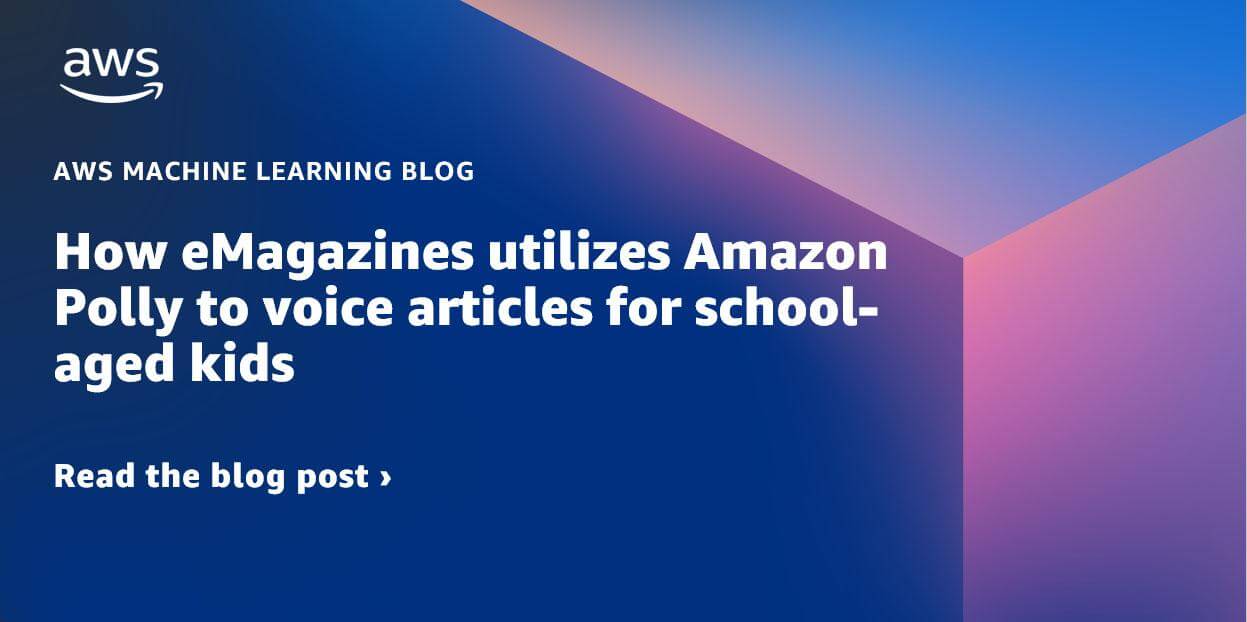The publishing industry is bracing for disruption. New tariffs have sparked a wave of concern among magazine publishers.
With no clear answers and little time to adjust, decision-makers face mounting pressure, rising material costs, and questions about long-term sustainability.
Print-heavy models are under strain, and the economics of publishing are rapidly shifting. In this article, we examine how tariffs will affect magazine publishers and explore the digital strategies that offer a path forward.
How tariffs will affect magazine publishers
Things are about to get interesting. China, Canada, and Mexico are the largest paper suppliers for the United States. For Canada and Mexico, resources will face a 25% tariff (as of 2/1/2025, excluding energy, which will be 10%). All items and resources from China will be tariffed at 34%.
These upcoming tariffs will reshape the economics of the publishing industry in 2025. With Canada supplying around 50% of US paper products, a 25% tariff could significantly inflate material costs, especially for U.S.-based publishers still relying on high-volume print production.
Print magazines, long a cornerstone of media brands, will see margins squeezed as publishers are forced to absorb increased costs or pass them on to consumers—an unsustainable choice in an era when readers expect both accessibility and value. Comics and book publishers face similar challenges: graphic novels printed overseas, for example, are already under pressure from rising shipping and production costs. For many, especially independents, a sudden spike in tariffs could jeopardize print viability altogether.
Tariffs also extend beyond finished goods. Paper, pulp, ink, and packaging, all elements of the production chain, may be affected, tightening budgets industry-wide. As production costs climb, digital editions present a more scalable, stable path forward.
Develop a short-term strategy
The immediate impact of new tariffs demands that publishers take swift, pragmatic action. Even small shifts in cost structure can influence profitability, making it essential to evaluate every aspect of production and delivery.
1. Assess your exposure to Canadian imports
While tariffs from China and Mexico certainly apply, paper imports from Canada are the bigger issue, due to the volume of product imported and the higher tariff category.
Most North American publishers source paper or pulp from Canada, particularly newsprint and uncoated stock used in magazines. Begin by reviewing vendor invoices and supplier contracts to identify how much of your materials originate in Canada. Understanding your exposure is the first step toward building resilience.
2. Launch or elevate your digital edition
Digital magazines offer an immediate, elegant solution to rising production and materials costs. They eliminate the need for imported paper, reduce logistical complexity, and can be delivered instantly to readers on any device. For some audiences, digital content is actually preferred.
Of the New York Times’ 11.09 million subscribers, 10.47 million pay only for digital content. When shown a digital alumni magazine created with eMagazines, 60% of Muhlenberg College alumni preferred it over the print version. A digital edition is not just efficient—it’s future-proof.
3. Adjust your print quantities strategically
Rather than eliminating print entirely, consider reducing print quantities to align more closely with demand. Focus physical distribution on audiences who strongly prefer print, while encouraging others to engage with your digital edition.
This hybrid approach maintains brand presence in print while significantly lowering exposure to material and shipping costs. Muhlenberg College, for example, cut print volume by 50 percent and achieved a 30 percent savings—proof that a strategic shift can protect both budget and reader experience.
Consider your long-term strategy
A forward-looking strategy should focus on resilience, reader engagement, and sustainable growth across evolving platforms.
1. Invest in digital-first content design
If your short-term solution was to launch a special digital issue, consider moving recurring issues to digital as a long-term strategy. For publishers already offering a monthly digital edition, the next step may be to digitize your entire archive.
This backlist can be repurposed as a value-add—offered for free with an active subscription, sold per issue, or unlocked through a one-time fee. By encouraging readers to explore past issues in a digital format, you make the transition to digital habitual, increasing engagement with each new edition. Over time, your readers begin to expect and prefer the convenience of digital.
2. Guide customers toward digital subscriptions
Actively promote your digital edition through email campaigns and social media, highlighting its convenience, accessibility, and premium design.
To encourage adoption, offer incentives such as free branded merchandise, exclusive content, or complimentary access to your digital archive. These perks not only drive interest but also reinforce the value of a digital subscription.
Clear, consistent messaging helps readers understand that digital is not a downgrade—it’s an enhanced, eco-friendly experience tailored to modern lifestyles. Incentivizing now builds loyalty for the long term.
3. Strengthen supply chain diversification
Relying on a single country or vendor for printing and materials leaves publishers vulnerable to cost spikes and delays. Diversify your supply chain by exploring domestic and international partners beyond Canada and China.
Build relationships with multiple printers, paper suppliers, and logistics providers to ensure flexibility. A diversified supply chain can help you mitigate tariff impacts, reduce lead times, and maintain consistent production even amid geopolitical or economic disruptions.
4. Partner with platforms that streamline production and delivery
Creating and distributing a digital edition is a technical process that requires specialized tools and expertise. Rather than training an internal team, it is often more efficient and cost-effective to partner with a platform that offers both software and services. Choose a vendor that produces easy-to-read digital editions with single-column content that automatically adjusts to any screen size.
The experience should be seamless for readers—no apps to download, no passwords to remember. At the same time, if you already have a mobile app, your digital publishing partner should be able to deliver editions within that app as well as through email. This dual-delivery model ensures your audience can access content however they prefer, increasing engagement while reducing friction in the reader journey. The right partner will elevate both efficiency and experience. Learn more about eMagazines to see how we can help.
5. Explore new monetization models for digital access
Digital publishing opens the door to flexible, scalable revenue streams. Beyond monthly issues, you can offer special editions, access to back archives, community memberships, and mobile app experiences.
With digital content, it’s easier to test new bundles and subscription tiers, tailoring offers to different audience segments. You’re no longer limited by print runs or geographic reach—digital editions allow you to connect with global readers and grow your brand well beyond traditional distribution channels.
Cost-saving case study
Muhlenberg College, a private liberal arts institution in Pennsylvania, publishes Muhlenberg Magazine to keep alumni connected to campus life, student achievements, and institutional milestones. Like many universities, rising print and postage costs prompted the communications team to rethink their distribution strategy.
Muhlenberg reduced print circulation by 50 percent and prioritized a digital-first approach, immediately achieving a 30 percent cost savings. Their digital edition, created with eMagazines, features a beautiful, on-brand, single-column layout that’s easy to read on any device. The attractiveness of the digital edition has made adoption a breeze, with a majority of readers preferring it over print.
Read the full case study to explore Muhlenberg’s digital transformation.
Would you like to explore the potential of your own digital editions? eMagazines supports world-famous media brands, niche publications, local lifestyle companies, and university magazines. Learn more about eMagazines.




